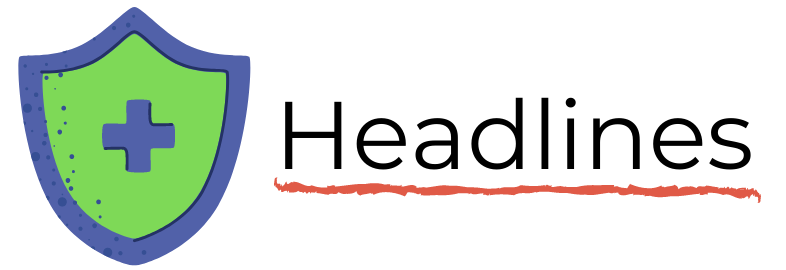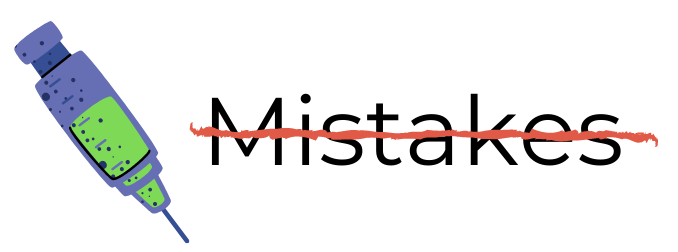Good morning and welcome to COVID Transmissions.
It has been 462 days since the first documented human case of COVID-19.
Today some headlines describing where we are, where we may be headed, and one piece of good news that might help us to get there. Also, more good news from Israel.
As usual, bolded terms are linked to the running newsletter glossary.
Keep COVID Transmissions growing by sharing it! Share the newsletter, not the virus. I love talking about science and explaining important concepts in human health, but I rely on all of you to grow the audience for this, which you can do by using this button here:
Now, let’s talk COVID.
500,000 deaths in the US
Yesterday the US passed 500,000 deaths. Not much to say about that except that it’s terrible.
The latest from Tony Fauci
Speaking of the US, Dr. Anthony Fauci has been making a lot of statements to the press lately, and I think several are important.
First, last week he affirmed that the US will have 600 million doses of COVID-19 vaccines delivered by the summer, meaning that all adults in the country will have the opportunity to be vaccinated by then. Here he is talking about this with Science Friday: https://www.sciencefriday.com/segments/fauci-coronavirus-vaccine/
It’s an interesting interview, pointing out some of the issues with the vaccine pipeline. He points out how complicated vaccine manufacturing is—and it sure is.
He also pointed out that even with the vaccines, he thinks that mask-wearing may continue until 2022: https://slate.com/news-and-politics/2021/02/fauci-warns-wearing-face-masks-2022.html
The mask-wearing may continue for a variety of reasons. Firstly, there is still a lot we do not know about new variants, and how they will interact with the vaccines. Second, we cannot be sure how good vaccine uptake will be in the population. And then there’s the fact that we still don’t know how effective vaccines are at preventing transmission of the virus. I’m pretty convinced they do prevent transmission at this point, but we don’t know how much they do that. Answering that question is important because it sets the threshold for herd immunity. If a vaccine prevents 95% of transmission events, then we need to vaccinate fewer people to get to herd immunity than if that vaccine prevents 60% of transmission events.
That last principle may be a little hard to understand. Basically, herd immunity is determined by (1) the chance an unprotected person would encounter an infected person and (2) the chance that transmission would occur to that unprotected person during the encounter. Vaccines should help reduce both of these chances, by surrounding most unprotected people with protected people, but we want to reduce those odds to nearly zero. To do that, we need to vaccinate some certain amount of people, and without knowing the exact amount of impact each vaccine has on transmission, it’s pretty hard to know what percentage of the population we need to vaccinate to see a real impact on the odds of spread in the community.
Pfizer applies for approval to stop storing vaccine in extreme deep freeze
In other good news, Pfizer now believes that its vaccine can be stored in essentially normal freezer temperatures instead of deep-freeze conditions. They have applied to the FDA, with supporting data, asking to be allowed to change the handling instructions in the vaccine labeling: https://www.cnbc.com/2021/02/19/covid-vaccine-pfizer-asks-fda-to-approve-storing-doses-at-higher-temperatures.html
It’s not too surprising that this is possible, since the very similar Moderna vaccine can be stored at warmer temperatures, but it is still very good news. Distribution of the Pfizer vaccine has been somewhat limited by the requirement for very deep freeze temperatures in order to ship it. Removing that requirement could get it delivered to more people, particularly those who are far from medical centers with extremely expensive -70C freezers.
More from Israel: Pfizer vaccine prevents 98.9% of COVID-19 deaths and hospitalizations
Real-world data from Israel, reported to The Times of Israel, indicates that two doses of the Pfizer vaccine prevents 99.2% of serious COVID-19 illnesses, 98.9% of hospitalizations, and 98.9% of deaths, in a sample size of millions of people. These percentages are measured from two weeks after the second dose—an important thing to note if you are someone who is receiving, or has recently completed, a Pfizer vaccine course.
This is about as good as you could ever hope for.
Full story here: https://www.timesofisrael.com/israel-says-vaccine-dramatically-effective-prevents-98-9-of-covid-deaths/
What am I doing to cope with the pandemic? This:
Watching: Hilda

My brother-in-law told us about an animated show on Netflix that follows a girl named Hilda, living in some sort of fantasy-Scandinavia, who gets into all sorts of adventures with creatures of myth from that region. It has a beautiful animation style and some really touching story moments. It’s a sweet show, and it has been entertaining to watch this weekend. If you’re looking for a fantasy story with a decent sense of humor that is relatively uncomplicated but still compelling, I’d recommend it.
You might have some questions or comments! Send them in. As several folks have figured out, you can also email me if you have a comment that you don’t want to share with the whole group.
Join the conversation, and what you say will impact what I talk about in the next issue.
Also, let me know any other thoughts you might have about the newsletter. I’d like to make sure you’re getting what you want out of this.
Part of science is identifying and correcting errors. If you find a mistake, please tell me about it.
Though I can’t correct the emailed version after it has been sent, I do update the online post of the newsletter every time a mistake is brought to my attention.
Correction: I had the dosing schedule for the Pfizer vaccine wrong in the issue that went out Friday, as was pointed out to me by Carl Fink. It is given with 3 weeks between doses, not 4. This means that the article from NEJM that I mentioned is looking only at one week of the trial to determine its single dose efficacy, not two weeks. That’s even worse.
I’ve corrected the post in the online edition.
See you all next time.
Always,
JS







